Are you looking for a reliable and rugged diode to use in your next project? Look no further than the 1N4004 diode. This device is ideal when creating various circuits that require electrical current to be regulated and rectified between two points. With its ease of installation, simple pinout structure, and versatile applications it’s no wonder why this small component has become so popular with hobbyists and professionals alike. In this article we’ll discuss the pinout and specifications, followed by usage examples of the 1n4004 Diode. Get ready to take advantage of one of the most trusted components out there!
1N4004 Diode Explained
It is an economical, reliable and robust device with a variety of uses ranging from basic circuit protection to rectification and signal clipping. The diode has a maximum current rating of 1 amp, a peak repetitive reverse voltage of 400 volts and an average forward current of 0.2 amps.
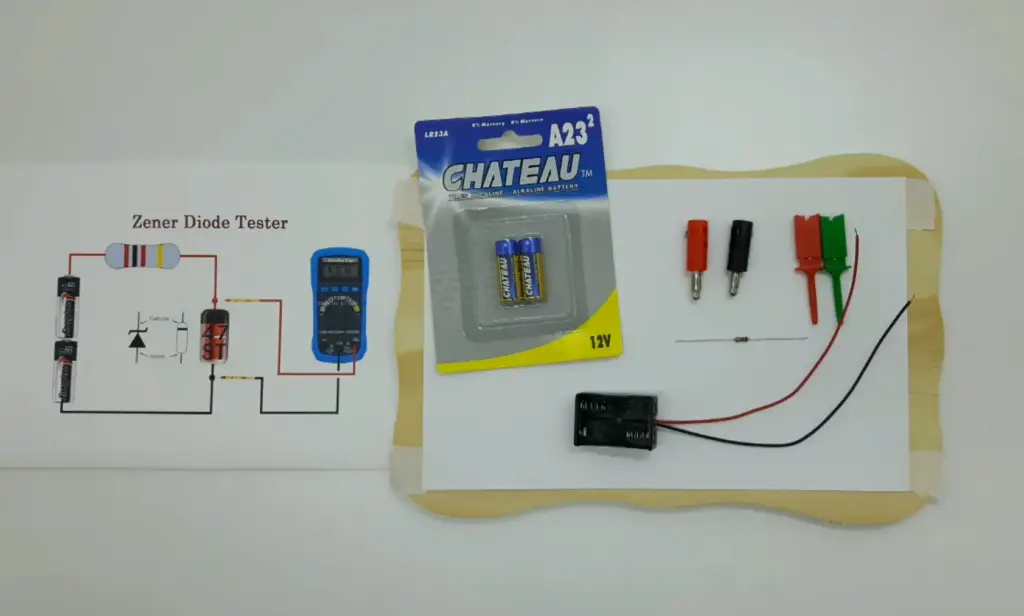
1N4004 Pinout
The 1N4004 diode is a widely-used rectifier diode that has a variety of applications. The two pins of the device, signified by their respective symbols on its exterior, are known as the anode and cathode. The anode is the positive terminal and the cathode is the negative terminal, with markings for both located on the body of the diode. [1]
1N4004 Features
The 1N4004 diode is a perfect choice for those seeking an all-around rectifier, showcasing both low forward voltage drop and high current capacity. It is capable of handling up to 1A continuous current with peak inverse voltages from 50V to 1000V. The device also has low leakage and reverse recovery times, making it ideal for use in a variety of applications such as AC/DC power supplies, motor control circuits, and protection circuits.
1N4004 CAD Models
They can be found on websites such as Digi-Key and Mouser. These CAD models include a full breakdown of the pinout, including the anode, cathode, and other pins listed in the specification sheet. The CAD models also include dimensional drawings and information on how to correctly install the diode into your circuit. This is important to ensure that all components are properly connected before powering up any circuit.
Once installed, these diodes have a maximum forward voltage drop of 1V at 1A (1N4004), ensuring reliable operation even under high current loads. They are also designed for low leakage current, making them ideal for power supply applications where reliability is paramount. With its low cost and small size, the 1N4004 diode is a great choice for any design. [2]
1N4004 Replacement and Equivalent
The 1N4004 diode has become a standard of sorts in electronics and can be found in countless applications. The most common replacement for the 1N4004 is the 1N4007, which can effectively replace the original device without compromising electrical performance or reliability.
Other equivalent diodes with similar characteristics are the 1A50 and 1A75. Regardless of the particular diode chosen, it is important to remember that all four models have different ratings and operating parameters. Be sure to check the specifications before making any replacements.
In addition to these direct replacements, many manufacturers offer variants on the 1N4004 design with improved operation and/or higher voltage ratings.
Many components also feature reverse-blocking capabilities or bi-directionality, making them viable replacements for the original device. It is important to note that some of these devices can only be used with compatible circuitry and components. Always check the datasheet before attempting any substitutions.
No matter what type of diode you choose, it is essential to adhere to safety standards when handling electronic components. Adequate testing and qualification should always be performed before use in any application. Additionally, proper documentation should accompany any component replacement for future reference or troubleshooting purposes.
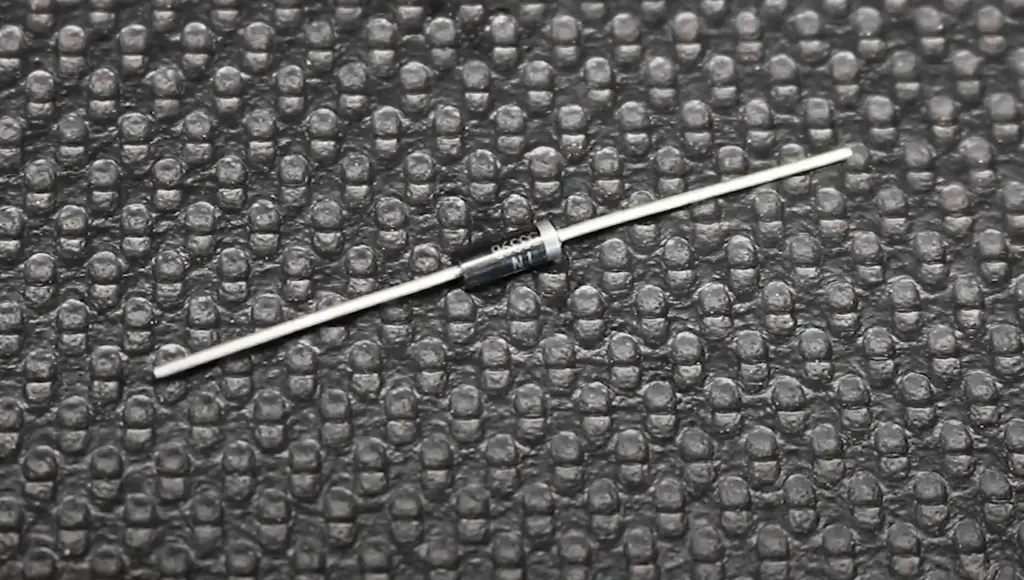
Where to Use 1N4004 Diode
The 1N4004 diode is a general-purpose, low-cost rectifier commonly used in power supplies, inverters and other electronic circuits. Its low price and widespread availability make it an ideal choice for simple power supply designs. It can also be used as a replacement for similar types of diodes such as the 1N4001 or the 1N4002.
How to Safely Long Run in a Circuit
When using 1N4004 Diodes in a circuit, it is important to consider various safety factors for running the circuit for a longer period of time. For example, it is important to check if the diodes can take the maximum voltage and current ratings of the circuit, as these ratings will determine how long they can be safely used. It is also important to use proper heat sinks to dissipate any heat buildup due to current flow through the diode.
Additionally, when calculating power dissipation and other electrical parameters, safety margins should be considered to ensure that no damage occurs during operation.
Finally, regular maintenance should be done on all components in order to make sure that they are working properly and safely.
By following these steps and considering various safety factors, 1N4004 Diodes can be safely used in a circuit for a longer period of time. [3]
1N4004 Applications
The 1N4004 diode has a variety of applications, from power supply rectification to general-purpose switching circuits. Its high peak inverse voltage (PIV) makes it suitable for use in a wide range of switchmode power supplies and other AC-DC rectification circuits. It can also be used in DC-DC converter circuits as an efficient blocking diode.
1N4004 diodes are often used in low frequency converters and charge pumps where their high PIV rating is beneficial. Additionally, many types of inverter circuits employ the 1N4004 because of its ability to handle high current and voltage levels with low forward voltage drops. The reverse recovery time is also quite fast, making it suitable for use in high speed switching circuits.
In addition to its wide range of applications in power conversion, the 1N4004 is also used in many types of signal conditioning and signal detection circuits. Its low forward voltage drop makes it suitable for use as a rectifier diode in AC line sensing and other detection applications. It can also be used as a voltage limiter and overvoltage protection device, where it helps to protect sensitive components from being damaged by excessive voltages or currents.
Finally, the 1N4004 is often employed as part of multiplexer circuits, allowing them to switch between different signals quickly and efficiently without introducing any distortion into the signals. As such, these diodes are an essential component of many modern electronic systems.
Overall, the 1N4004 is a versatile device with a wide variety of applications in both power and signal processing circuits. Its high PIV rating, low forward voltage drop, and fast reverse recovery time make it suitable for use in many types of switching, rectification, and signal conditioning circuits. Its ability to handle large currents and voltages at relatively low cost makes it an attractive option for designers looking to reduce costs while still achieving excellent performance. As such, the 1N4004 diode can be found in many different types of electronics today.
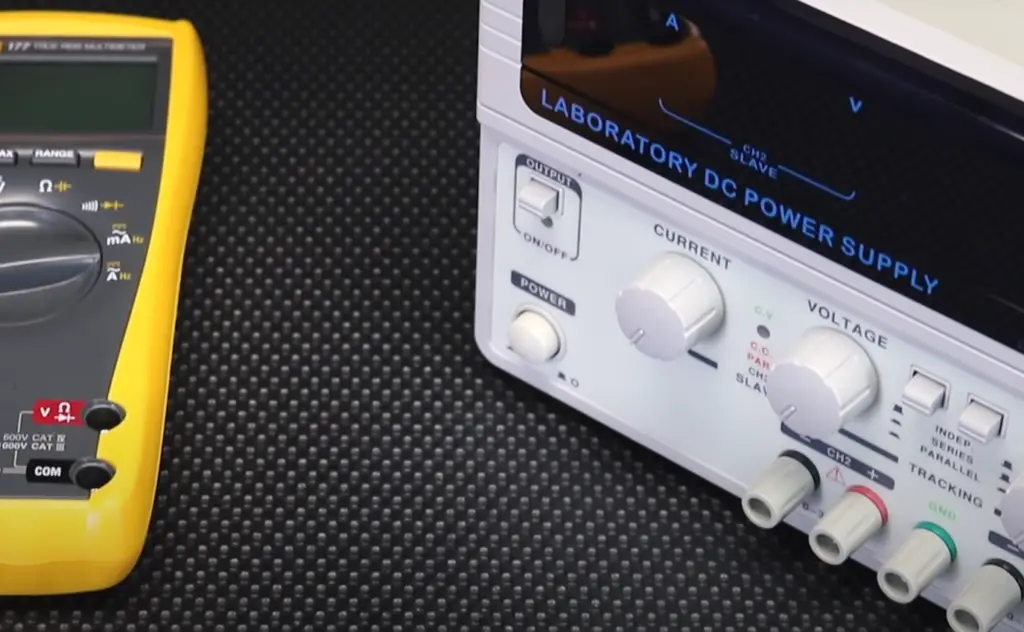
1N4004 Package & Dimensions
The 1N4004 diode is available in a DO-41 package, which is the most common type of plastic through-hole diode packaging. The dimensions of the DO-41 package are 5.8×3.2 mm with leads spaced 2.54mm apart. This makes it an ideal choice for applications where space constraints are present, such as in circuit boards and other electronic devices. [4]
Benefits and Cons of Using 1N4004 Diode
Additionally, its low forward voltage drop and fast switching time make it effective at providing protection from transient overvoltages and surges. Furthermore, the 1N4004 diode is widely available at an affordable cost.
However, there are some drawbacks to using the 1N4004 diode as well. Its relatively large size makes it difficult to include on small circuit boards or when space is limited. In addition, its peak reverse voltage rating of 50V may not be sufficient for certain applications where higher voltage protection is required. Lastly, its peak forward current rating of 1A may be insufficient for applications requiring higher current capabilities.
Overall, the 1N4004 diode is a great option when considering cost, availability, and ease of use. Its wide operating temperature range and high surge current capability make it suitable for many power supply circuits, while its low forward voltage drop and fast switching time are effective at providing protection from transient overvoltages and surges. However, its relatively large size, peak reverse voltage rating of 50V and peak forward current rating of 1A should be taken into consideration for certain applications where higher ratings may be needed.
Difference Between 1N4007 and 1N4004
The main difference between 1N4007 and 1N4004 is their reverse voltage ratings. The maximum peak reverse voltage (VR) of the 1N4007 diode is 1000 volts, while the maximum VR for the 1N4004 diode is only 400 volts.
Another notable difference between these two diodes is their surge current capability; the 1N4007 has a higher surge current rating than the 1N4004. This means that it can handle more power spikes or surges within its rated operating conditions.
In terms of dimensions, there are also slight differences between each type of diode.
Despite their differences, both the 1N4007 and 1N4004 diodes can be used for similar applications such as rectification, voltage regulation, power supply filtering, and general signal decoupling.
The main factor in choosing which diode is best for any given application will depend on its peak reverse voltage rating and surge current capability as these are two of the most important factors when selecting a diode for any purpose.
Therefore it is important to consider each type’s specifications before making a final decision!
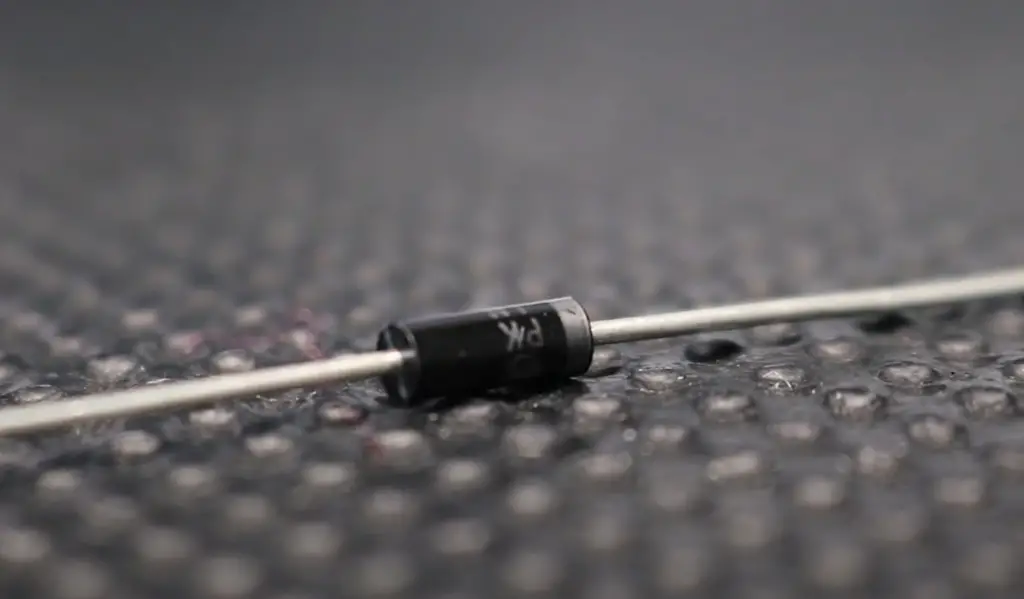
What Type of Diode is 1N4004?
The 1N4004 diode is a type of rectifier diode which is designed specifically for power applications. It can be used as a switching element, to control current flow and protect against voltage spikes or surges in DC circuits. The 1N4004 has an average forward current rating of 1A, with a peak reverse voltage rating of 400V. This means that it is best suited for use in low-power applications such as consumer electronics and automotive circuitry.
Additionally, the maximum surge capability makes it suitable for rectification and general signal decoupling purposes.
In short, the 1N4004 could be considered a general-purpose rectifier diode due to its wide range of uses and relative affordability compared to other types of diodes. It is also very popular in many DIY electronics projects due to its versatility and availability.
Therefore, if you are looking for a diode that can handle a wide range of applications while still being relatively affordable, the 1N4004 is probably your best choice! [5]
Which is N in Diode?
N in diode is an abbreviation for the word “nondirectional” which refers to a type of electrical current flow. This type of electrical current can move both ways, meaning that it can travel in either direction through a circuit. Diodes are semiconductor devices that allow electricity to flow in one direction only and so they are used to control the direction of current.
The letter N often appears before the numbers that appear after the diode’s name, such as 1N4004 or 1N4007. This indicates that the diode is non-directional in nature and will not restrict current flow in either direction.
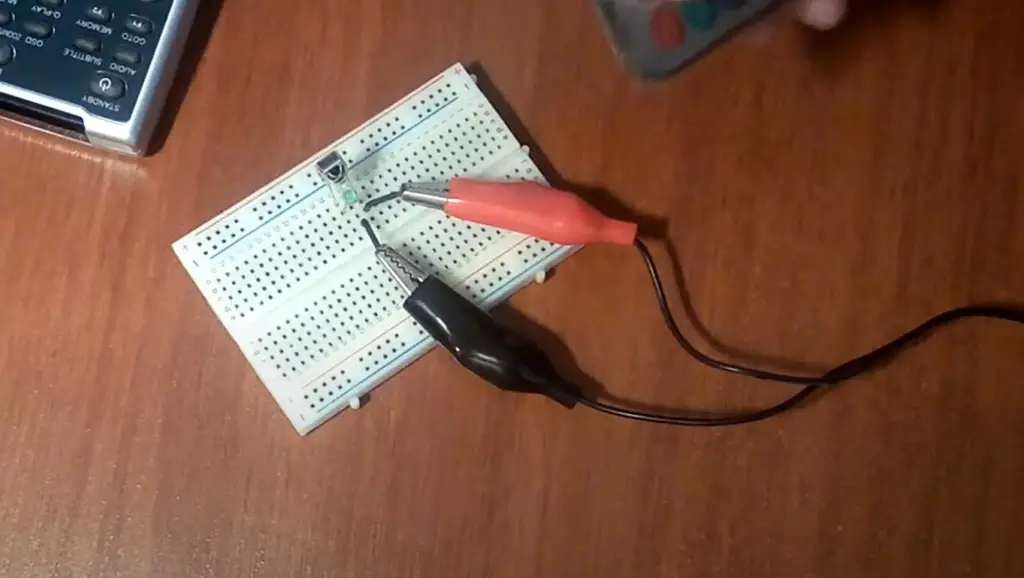
FAQ
What is the amperage of 1N4004 diode?
The maximum average forward current of 1N4004 diode is 1A. The peak non-repetitive surge current of the diode is 30A. It should always be used within its specified ratings to avoid damage.
What is the breakdown voltage of 1N4004 diode?
The breakdown voltage for a 1N4004 diode ranges from 50V to 400V depending on the model and application. The most common range for this type of diode is between 50V to 100V.
What is the function of 1N4004 diode?
The 1N4004 diode is a widely used general-purpose diode with a variety of applications. It has a low forward voltage drop and high surge current capability, making it suitable for use in power supplies, rectifiers, and as free wheeling diodes in motor controls. The 1N4004 is also commonly used to protect circuits from reverse voltages by clamping the voltage at its peak inverse voltage (PIV) rating. It can also be used to limit current flowing through LED arrays or other sensitive components. In general, the 1N4004 is an inexpensive, reliable solution for many common tasks involving power supply regulation and protection from reverse voltages.
What is the polarity of 1N4004 diode?
The 1N4004 diode is a polarized device, meaning that it requires a certain orientation in order to function properly. The positive lead of the diode is marked with a stripe and must be connected to the forward voltage source. The negative lead should then be connected to ground or the negative voltage source. It’s important to note that if these connections are reversed, the diode will not work correctly and could potentially be damaged. This makes it essential to verify the correct orientation before connecting any components.
Can I use 1N4007 instead of 1N4004?
Yes, in most cases you can use a 1N4007 diode instead of a 1N4004 diode. The 1N4007 is a higher voltage device capable of handling up to 1000V compared to the maximum of 400V for the 1N4004. However, due to its higher breakdown voltage the current rating is 30mA lower than that of the 1N4004 at 1A versus 1.3A. Depending on your application and needs, either one may be suitable as a replacement for the other. It should also be noted that there are slight differences between their pinouts and overall dimensions, so it is important to check both datasheets before attempting any kind of substitution or modification!
What is the difference between 1N4004 and 1N4001?
The main difference between 1N4004 and 1N4001 is the current rating. The 1N4004 has a higher amperage rating of up to 1A, while the 1N4001 only has a maximum current rating of 0.5A. Additionally, the 1N4004’s peak reverse voltage is 400V compared to the 1N4001’s 100V peak reverse voltage. The physical dimensions are also slightly different between these two diodes, with the 1N4004 being longer than the 1N4001. When selecting a diode for your application, it is important to consider both your current requirements and your voltage requirements before making a decision about which model you need. If you need a diode that can handle higher current and voltage ratings than the 1N4001, then the 1N4004 is likely to be the better choice for your specific application.
Useful Video: 1N4001 and 1N4148 rectifier diode comparison and why I use both in my videos by electronzap
Conclusion
The 1N4004 diode is a widely popular and reliable power rectifier diode that provides excellent performance in various electrical circuits. Its robust design and low cost make it ideal for applications requiring high-power rectification such as power supplies, converters, motor controllers, and motor drives. The 1N4004 diode’s pinout configuration is easy to understand and its specifications are clearly defined, making it suitable for a variety of projects. Overall, the 1N4004 diode provides an efficient way to control current flow in power electronic devices. It is simple to use yet remarkably effective at what it does. As such, it is a great choice for anyone looking for reliable rectification in their designs.
References
- https://www.componentsinfo.com/1n4004-diode-pinout-equivalent/
- https://components101.com/diodes/1n4004-datasheet-pinout-equivalent
- https://www.utmel.com/components/1n4004-rectifier-diode-pinout-equivalent-and-datasheet?id=164
- http://www.el-component.com/diodes/1n4004
- https://www.radioshack.com/products/1n4004-micro-1-amp-diode





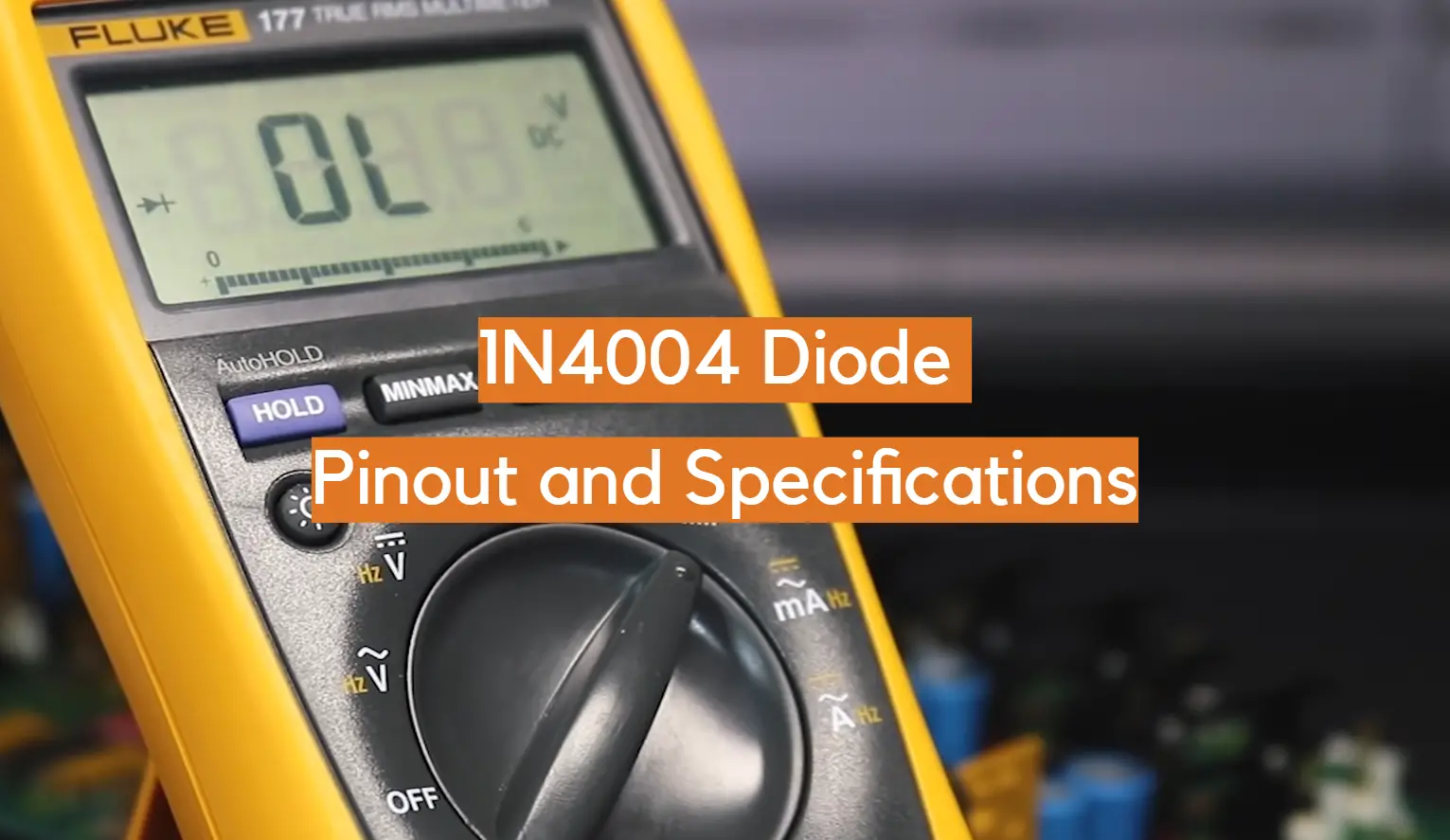







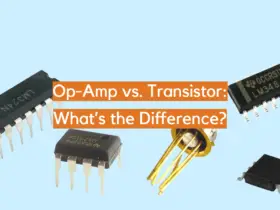
Leave a Reply